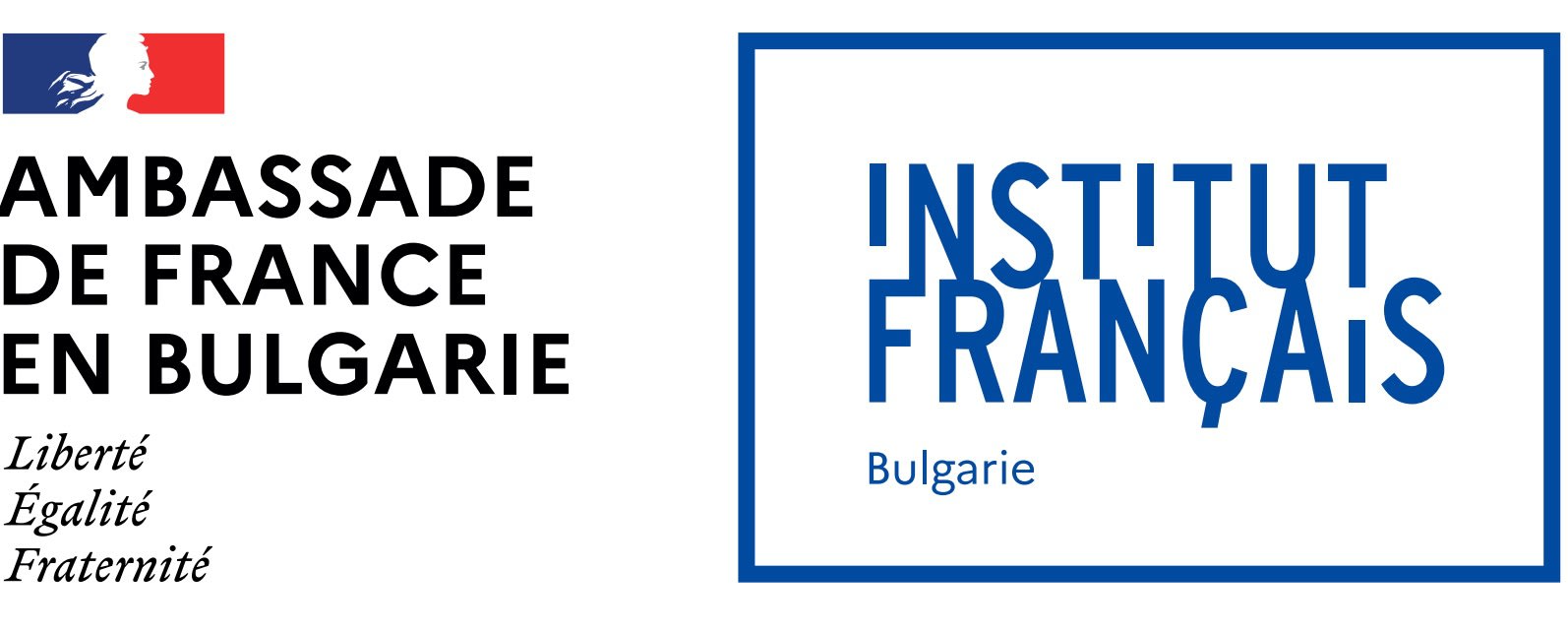The female body is a palimpsest, a page rewritten a thousand times by gazes, words, and gestures. Beneath every mark left behind, another persists, another resists, and it is by deciphering these layers that one gains access to the intimate, to the true.
— A Body of One’s Own, Camille Froidevaux-Metterie
Exhibition from Thursday, October 16 to Saturday, November 29, 2025
The exhibition La Tresse des Araignées (The Spiders’ Braid) by Clara Rivault at Les Filles du Calvaire gallery offers a poetic and powerful exploration of femininity as an untamable force—like a land that, having endured fire or destruction, is reborn stronger and more beautiful. Woman here is envisioned as a metaphor for nature: a being shaped by trials and marked by scars, yet capable of resilience and rebirth, like a phoenix.
Inspired by ecofeminism, sisterhood, and the universal DNA shared by living beings, this exhibition celebrates a warrior-like, collective femininity, where unity becomes an invincible force. The idea of reconciliation between humanity and nature unfolds as a vital necessity to restore balance. Woman, like Gaia, the Earth, embodies a tension between Eros and Thanatos: the instincts of life and death, creation and destruction, gentleness and strength, all confronting one another.
References to mythology, ancestral tales, and major literary works dialogue with intimate narratives drawn from the artist’s family history. Like a naturalist, she enriches her stories with materials sourced from photographic archives as well as images taken in her studio with live models. The materials she uses—organic glass, wool, metal, and wood—evoke both fragility and strength, the ephemeral and the eternal, and become stand-ins for an unstable yet fertile world. The works presented materialize this duality and the quest for balance: raw earth mingles with molten glass, materials intertwine and merge, evoking both wounds and healing, struggle and calm. These pieces, echoing mythological female figures, embody fertility, metamorphosis, and love while bearing the marks of the transformations that shaped them.
This slow alchemy is particularly evident in the art of stained glass, a practice in which Clara Rivault has specialized and which she subverts by dismantling her images, fragmenting them like Hans Bellmer’s dolls, then repairing and recomposing the scenes while leaving visible traces of their dislocation. This theme of the fragmented body, which gives a sculptural dimension to her glass works, lies at the heart of her practice. The ensemble Multiples Fragments by Auguste Rodin has accompanied her for many years.
The sculptures Les épingles (The Pins) revisit the 19th-century hatpins that women once used as self-defense weapons. Made of blown glass, each unique piece takes on a strong identity—bead-like figures, woven corsets, tin or ceramic rings. Their sharp points become sensitive antennae, both protective and threatening. Hybrid and votive objects, they evoke memory, survival, and the transformation of living beings in the face of aggression. Pinned to a six-meter-high wool braid, Les épingles support and protect La colonne mère (The Mother Column) rooted in the heart of the gallery, a sensitive and resilient tree.
The work Les larmes du ciel (The Tears of the Sky) is inspired by ancient lachrymatories—glass flasks found near tombs, intended to collect the tears of mourners. Made from recycled glass, the sculpture bears traces of the artist’s breath, evoking at once a lung, a tear, or a breast. It becomes a vessel for the vital fluids of life and earth. Presented as a relic in a glass case, it combines fragility and spirituality, intimacy and the sacred, mourning and fertility.
The series Les Ophis consists of three large-scale blown glass sculptures, intertwined with natural wool of striking purity. These works, which combine technical mastery with spiritual dimension, draw on the language of nautical knots and explore the notions of reconciliation and transmission.
The glass—fluid and serpentine—connects with the levitating Merino wool in a vibrant, electric encounter. Anchored in a reflection on the sacred and the living, these sculptures embody a fragile polarity.
Through an approach in which opposites intertwine—shadow and light, the dance of death and the maiden, the intimate and the universal—the exhibition invites reflection on the power of natural and human cycles. It stands as an ode to life in all its complexity, an invitation to reconsider our relationship with the living world, and a celebration of the collective, creative, and universal power of women and nature.
As part of the 2025 International Glass Biennale of Bulgaria—an initiative supported by the Ministry for Europe and Foreign Affairs and the Institut Français—Clara Rivault has been invited to take part in a production residency that offers her the opportunity to collaborate with Bulgarian artisans.
There, she will develop a new series of works using the ancient technique of felting. This residency is made possible through partnerships with the Institut Français of Bulgaria, the New Bulgarian University, the National Academy of Arts in Sofia, and Veliko Tarnovo University.




